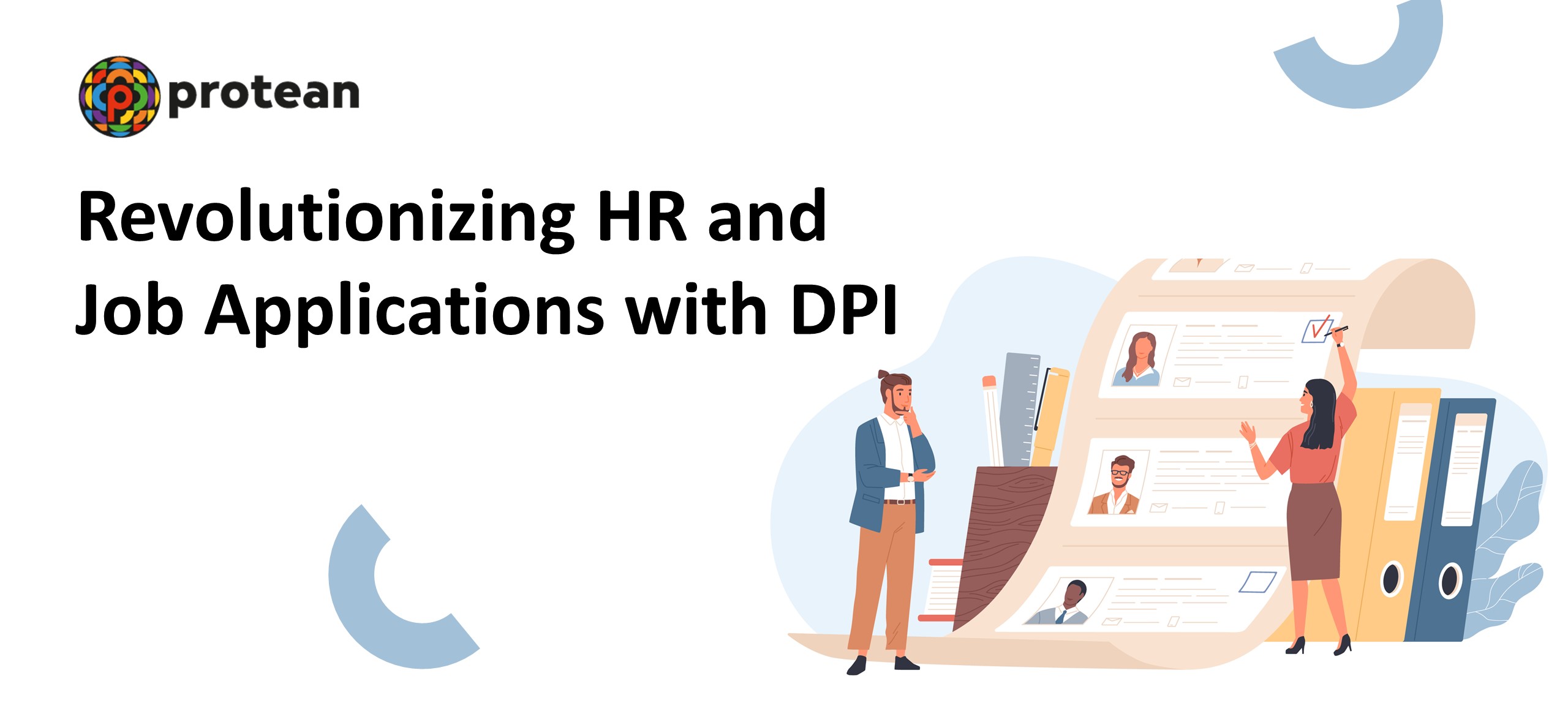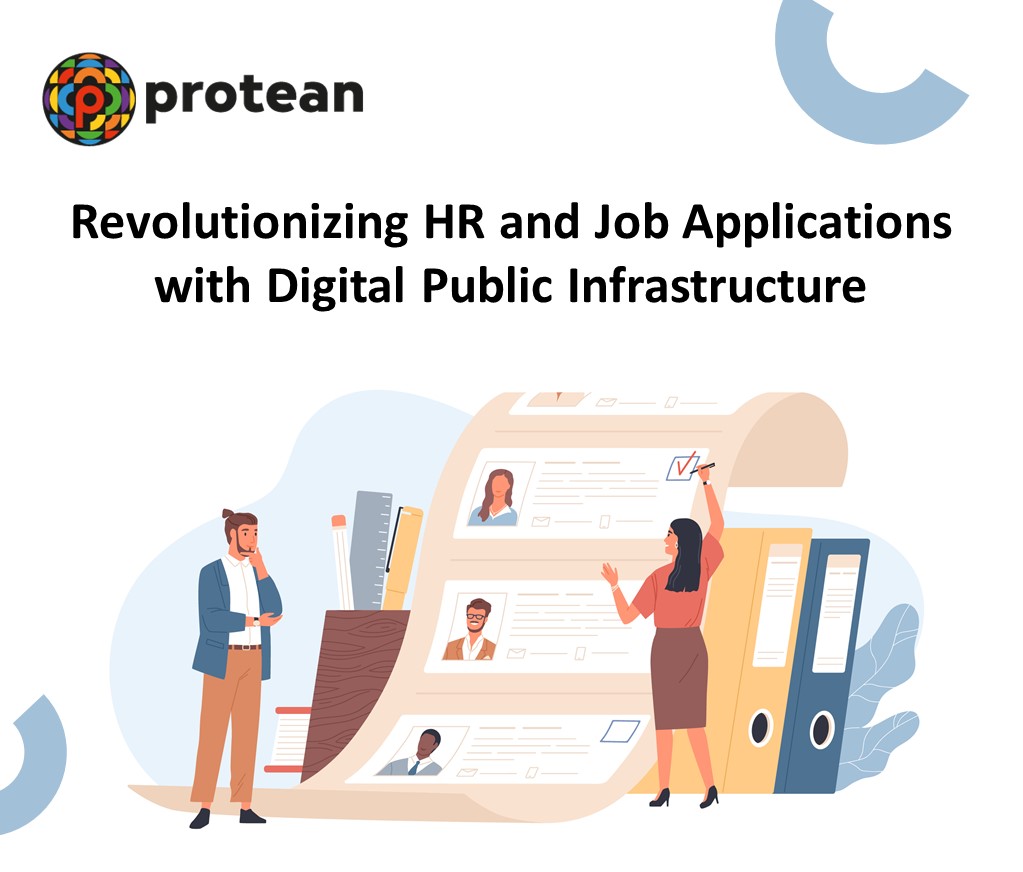Picture yourself as a hiring manager looking to fill an essential position. You come across an ideal candidate with outstanding credentials – outstanding accomplishments, a prestigious background, and an extensive collection of technical qualifications.
However, there's a nagging feeling that something isn't quite right. This situation is all too common in the realm of hiring, where a significant number of applicants have confessed to embellishing their resumes and uncovering the truth can be a challenge.
In the hiring process, being able to trust and confirm a candidate's skills and background can significantly reduce the uncertainty involved in selecting the right person for the job. Also, it ensures that the new hire has the necessary abilities, knowledge, and certifications to excel in their role.
A few years back, confirming someone's identity was relatively straightforward since most interactions and transactions took place in person. However, the advent of the internet has forced many temporary staffing and recruitment agencies, as well as businesses globally, to embrace digital transformation.
Moreover, the pandemic has led to shifts in workplace dynamics, particularly the rise in remote work. What initially seemed like an emergency measure to halt the virus's spread is now seen as a glimpse into the future of work.
In a scenario where the recruitment process is entirely remote, it naturally becomes digital. Utilizing digital public infrastructure (DPI), including digital identity verification and verifiable credentials, can safeguard your agency, ensure you're hiring the perfect candidate for the position, and make your hiring process more efficient.
What are Digital Identity and Verifiable Credentials?
Digital identity refers to the online representation of an individual's personal data, characteristics, and attributes that distinguish them from others. This identity is verified digitally, ensuring that the person behind the data is who they claim to be.
Digital identity is becoming increasingly essential in a world where online interactions are prevalent, enabling secure access to various services, from banking to healthcare.
Verifiable credentials are digital attestations that confirm specific information about an individual, such as educational qualifications, professional experience, or certifications.
Unlike traditional paper documents, verifiable credentials are secured through cryptographic methods, making them tamper-proof and easily shareable. These credentials go beyond merely proving who a person is; they provide verifiable proof of their accomplishments, making them invaluable in HR processes.
Current HR systems often need to be more efficient. The process of verifying a candidate's identity and credentials can be slow and prone to errors, leading to delays in hiring.
Traditional methods, such as phone calls or emails to previous employers or educational institutions, can be time-consuming and unreliable. Additionally, the risk of fraud is a significant concern, with fake credentials or identity theft potentially leading to unsuitable hires.
Digital public infrastructure, including digital identity and verifiable credentials, addresses these challenges by providing a faster, more secure way to verify a candidate's information.
For instance, digital identity verification can quickly confirm a person's identity using biometric data or digital documentation, eliminating the need for manual checks. Verifiable credentials allow HR departments to instantly validate a candidate's qualifications, ensuring that only genuine, verified information is considered. This not only speeds up the hiring process but also reduces the risk of fraud, protecting both the company and the candidate.
- The application process is completely automated
- Applicants have the ability to save and distribute their professional credentials through a mobile digital wallet. These secure and unalterable records can be sent to your clients quickly and safely.
- For organisations, there's a decreased requirement for gathering data and other tasks related to the hiring process.
- While ensuring the accuracy of the applicant's identification details, their personal information is stripped of any identifying markers. This approach helps combat bias in hiring and unfair selection methods, which remain prevalent in our everyday experiences.
- Errors in data entry are pointed out to accelerate the hiring process.
- Technologies designed for smartphones can retrieve identity data from government-issued documents that are verified.
With solutions for digital identity verification, you no longer have to manually sift through the documents and information provided. This leads to greater accuracy, lower risk, and a quicker recruitment process.
Several countries and companies have successfully implemented digital public infrastructure, digital identity and verifiable credential systems, with notable results. For example, India’s Aadhaar system provides a unique digital identity to over 1.389 billion citizens, which can be used to access a wide range of services, including job applications.
Similarly, companies like IBM have adopted verifiable credentials to streamline their hiring process, reducing the time spent on background checks and improving overall efficiency.
In the United States, the National Student Clearinghouse offers verifiable digital transcripts and diplomas, which allows employers to instantly verify a candidate's educational background. This has significantly reduced the time and cost associated with traditional verification methods.
The adoption of digital public infrastructure, digital identity and verifiable credentials, has led to numerous positive outcomes. In India, the Aadhaar system has facilitated quicker and more efficient government services, including financial inclusion, and direct benefit transfers (over $41 billion saved through direct benefit transfers). Similarly, companies that have integrated verifiable credentials into their HR processes report faster hiring times, reduced administrative costs, and improved data security.
For example, IBM's use of verifiable credentials has not only sped up the hiring process but has also enhanced the candidate experience by reducing the need for repetitive documentation submission. This has resulted in higher candidate satisfaction and a more streamlined HR operation.
Conclusion
Digital public infrastructure, encompassing digital identity and verifiable credentials has gained momentum recently, transforming how industries handle identity verification and credentials. Its a must-have for temp and permanent staffing companies seeking to implement a digital transformation plan.
A recruiter can use digital identity verification to screen out fake applications, safeguard the recruitment firm and its clients from theft of identities and data loss, expedite the recruiting process, and improve the overall client and candidate experience.
These technologies offer a faster, more secure, and more reliable way to manage employee information. As more countries and companies adopt digital identity systems, the future of HR will likely see a widespread transformation, leading to greater efficiency, security, and satisfaction for all parties involved.
FAQs (Frequently Asked Questions)
1. How do verifiable credentials work?
Verifiable credentials are digital attestations that confirm specific information about an individual. Unlike traditional paper documents, they are secured through cryptographic methods, ensuring their authenticity and integrity.
2. What challenges do current HR systems face?
Current HR systems often struggle with inefficiencies in verifying candidates' identities and credentials. Traditional methods like phone calls or emails to previous employers can be time-consuming and prone to errors.
3. How can digital identity improve the hiring process?
Digital identity verification, as part of digital public infrastructure, can quickly confirm a person's identity and qualifications, streamlining the recruitment process. This allows hiring managers to trust the information provided by candidates, reducing the risk of hiring unqualified individuals.
4. What are the benefits of adopting digital identity in HR?
The adoption of digital public infrastructure, including digital identity and verifiable credentials leads to faster, more secure, and reliable hiring processes. It helps screen out fraudulent applications and improves overall efficiency in managing candidate information.
5. How does the adoption of digital identity affect candidate privacy?
The adoption of digital identity systems enhances candidate privacy by allowing individuals to control their personal information. Candidates can choose what data to share and with whom, ensuring that only necessary information is disclosed during the hiring process.
6. How can digital identity streamline background checks in recruitment?
Digital identity can streamline background checks by automating the verification process. Instead of relying on manual methods like phone calls or emails, HR departments can use digital tools to quickly access verified information about a candidate's work history, education, and other credentials.
7. What impact has remote work had on the need for digital identity solutions?
The rise of remote work has significantly increased the demand for digital identity solutions, as traditional methods of verifying candidates' identities are less effective in a virtual environment. Digital identity systems provide a reliable way to confirm identities remotely, ensuring that hiring processes remain efficient and secure.
| Ready to elevate your company's digital journey? Click here to know how Protean can be your trusted partner. |
- Story by Bruhadeeswaran R.

